Estimated reading time: 3 minutes
Coca-Cola, a globally recognized brand, operates on a vast scale across more than 200 countries. However, the company’s extensive distribution network significantly contributes to its carbon footprint, particularly through its reliance on refrigeration equipment.
Despite being aware of the environmental impact of refrigerants, Coca-Cola has historically favored convenience over sustainability in its choices.
The Journey of Refrigerants: From CFCs to HFCs
The history of refrigerants is marked by significant shifts driven by environmental concerns. Initially, chlorofluorocarbons (CFCs) were the go-to choice for refrigeration due to their efficiency.
However, research in the 1970s unveiled the severe damage CFCs caused to the ozone layer, prompting a global shift towards hydrofluorocarbons (HFCs) as safer alternatives.
Coca-Cola’s Refrigeration Decisions in the 1990s
During the 1990s, Coca-Cola faced crucial decisions regarding its refrigeration technology. Despite increasing evidence of HFCs’ climate impact, the company chose to transition to these refrigerants because of their perceived safety and convenience.
This choice, although logistically sensible at the time, indicated a preference for short-term practicality over long-term environmental sustainability.
Pressure from Environmental Activists and Corporate Adaptation
Environmental groups like Greenpeace vocally opposed Coca-Cola’s reliance on HFCs. They advocated for the adoption of more eco-friendly refrigerants, such as hydrocarbons like isobutane and propane, which have a much lower environmental impact.
Initially, Coca-Cola resisted these suggestions, citing concerns about safety and technical feasibility, especially in remote areas.
Nonetheless, the increasing pressure from environmental activists and heightened public awareness about climate change compelled Coca-Cola to reconsider its stance on refrigeration.
Responding to the growing outcry, the company committed to phasing out HFCs from its refrigeration systems, recognizing the urgent need to mitigate its environmental footprint.
Comparative Analysis: Coca-Cola and Other Companies’ Environmental Initiatives
Similar to Coca-Cola, many other companies have faced scrutiny over their environmental practices, particularly regarding refrigerants. For instance, PepsiCo has also undertaken significant efforts to reduce its carbon footprint by transitioning to natural refrigerants in its cooling systems.
By adopting hydrocarbons and other eco-friendly alternatives, PepsiCo aims to minimize its environmental impact while maintaining operational efficiency.
Unilever, another global giant, has made substantial strides in this area by incorporating climate-friendly refrigerants in its supply chain.
The company’s commitment to sustainability is evident in its aggressive targets for reducing greenhouse gas emissions and enhancing energy efficiency across its operations.
Moving Towards a Sustainable Future
Coca-Cola’s journey towards more sustainable refrigeration practices reflects a broader trend among major corporations recognizing the importance of environmental responsibility.
By transitioning away from HFCs and embracing greener alternatives, Coca-Cola is not only reducing its carbon footprint but also setting a precedent for other companies to follow.
The shift in Coca-Cola’s refrigeration strategy underscores the significant impact that corporate decisions can have on the environment. As more companies acknowledge the importance of sustainability, the move towards eco-friendly refrigerants and other green practices will likely become the norm.
Coca-Cola’s commitment to phasing out HFCs marks a crucial step in the right direction, demonstrating that even the largest corporations can pivot towards more sustainable operations for the benefit of the planet.



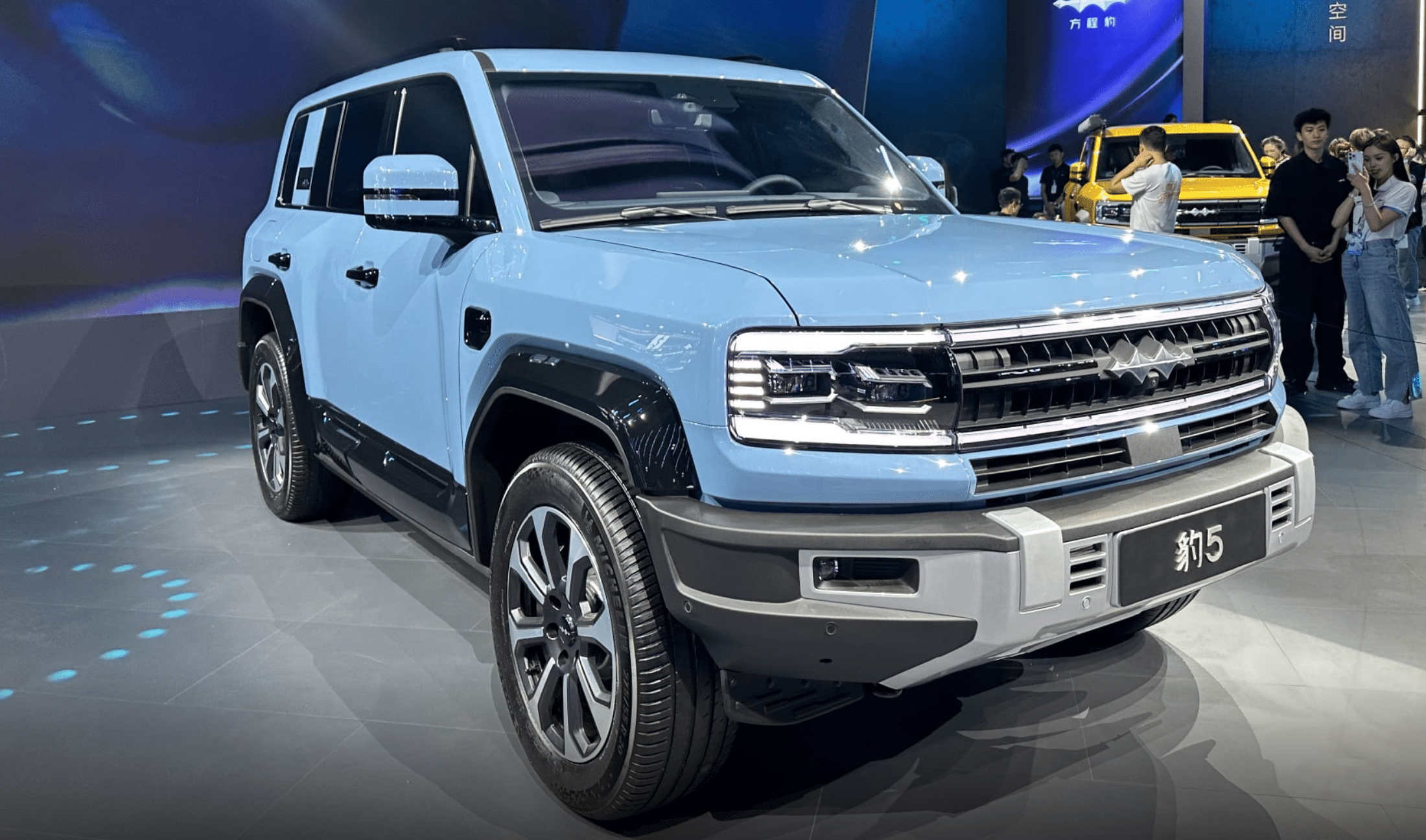
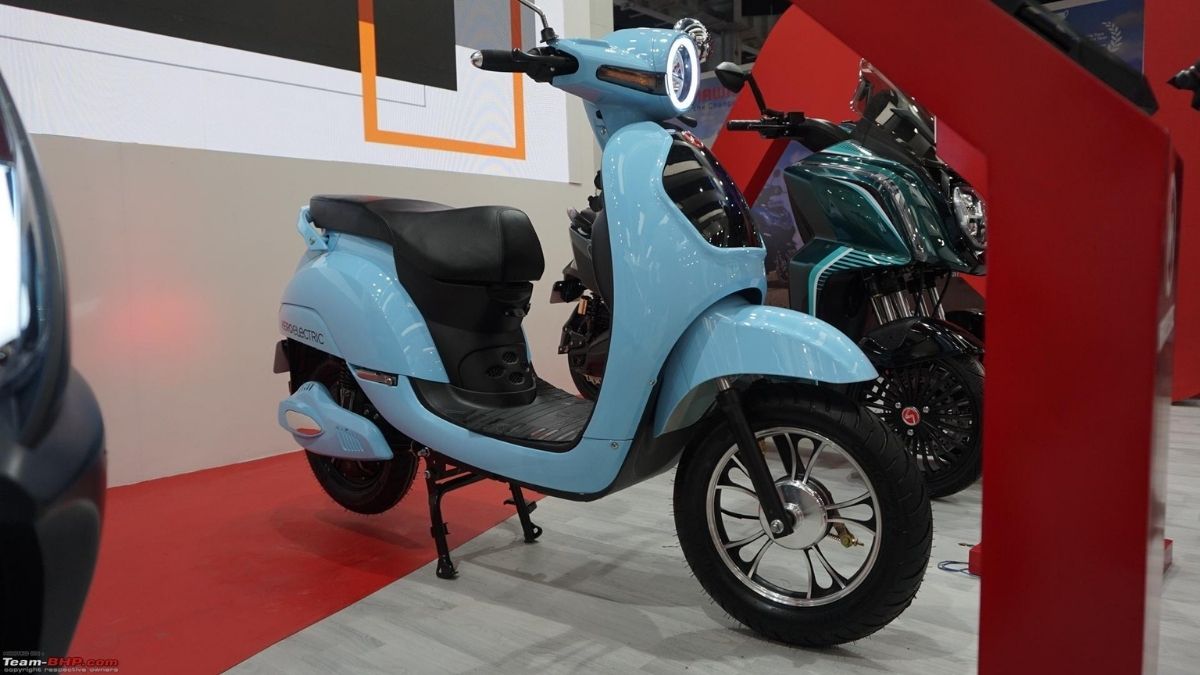
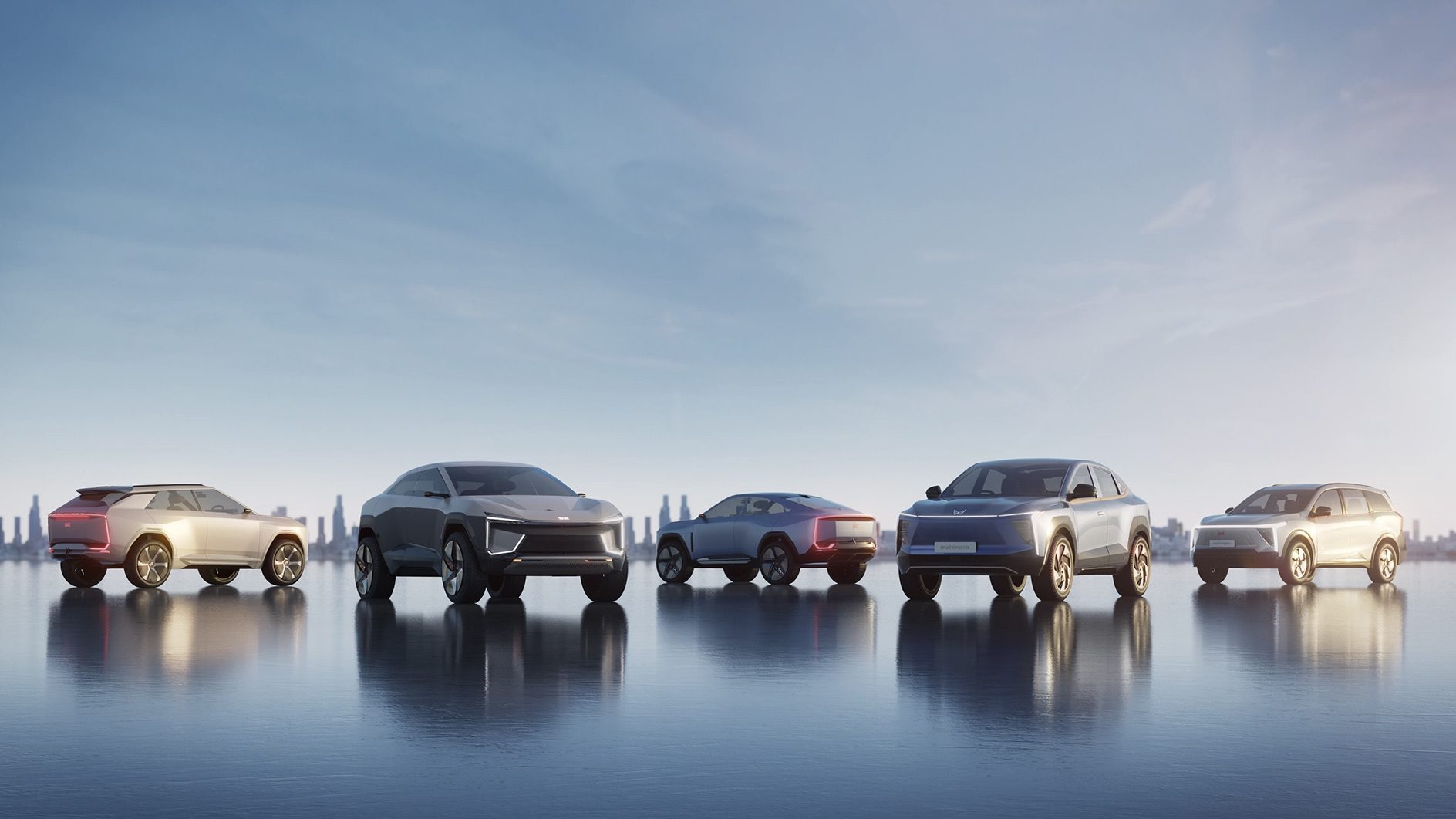


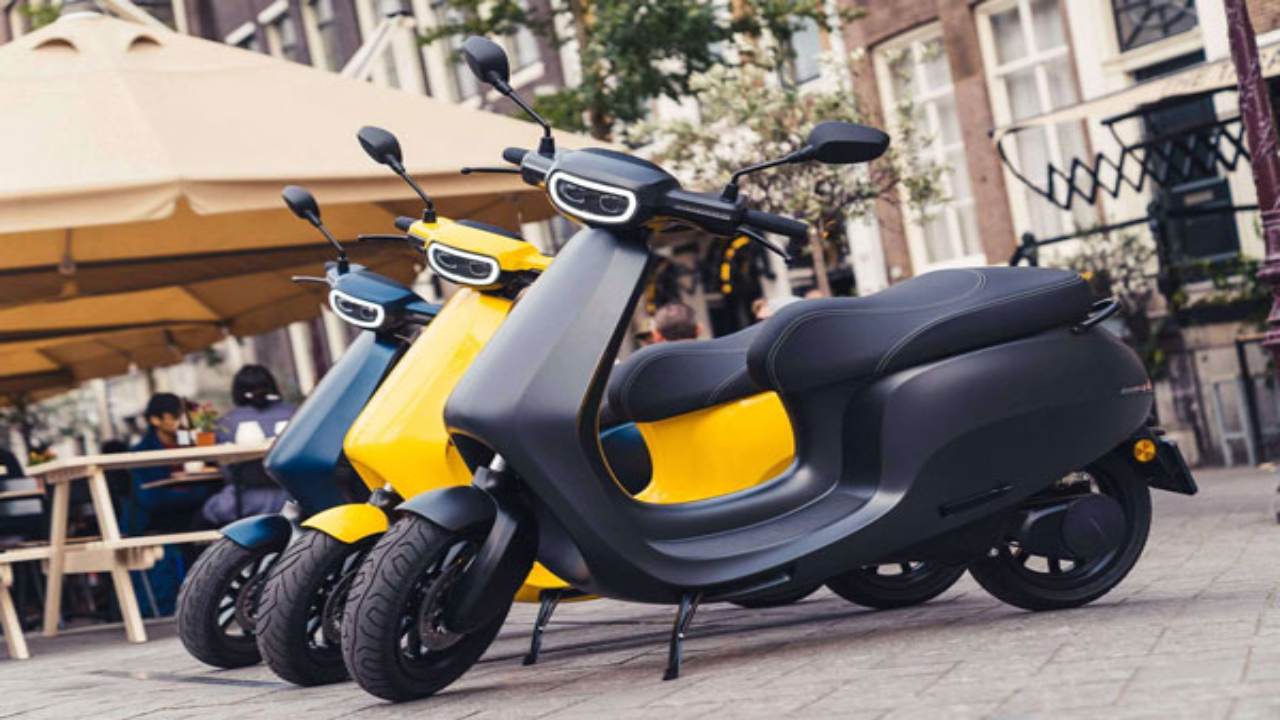

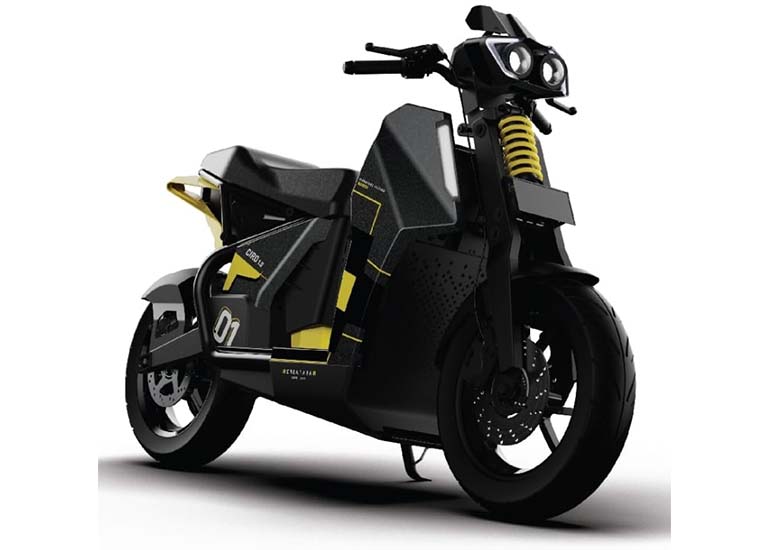


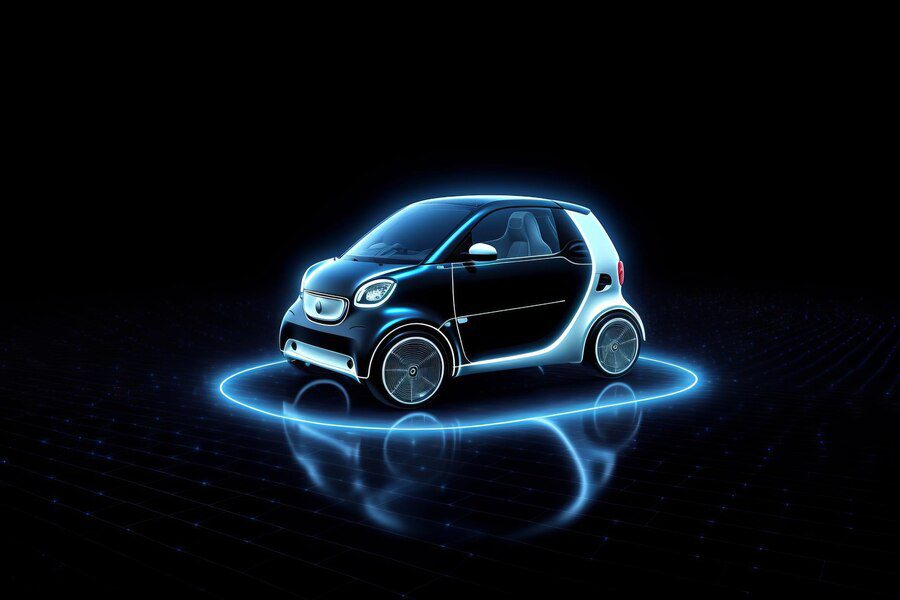
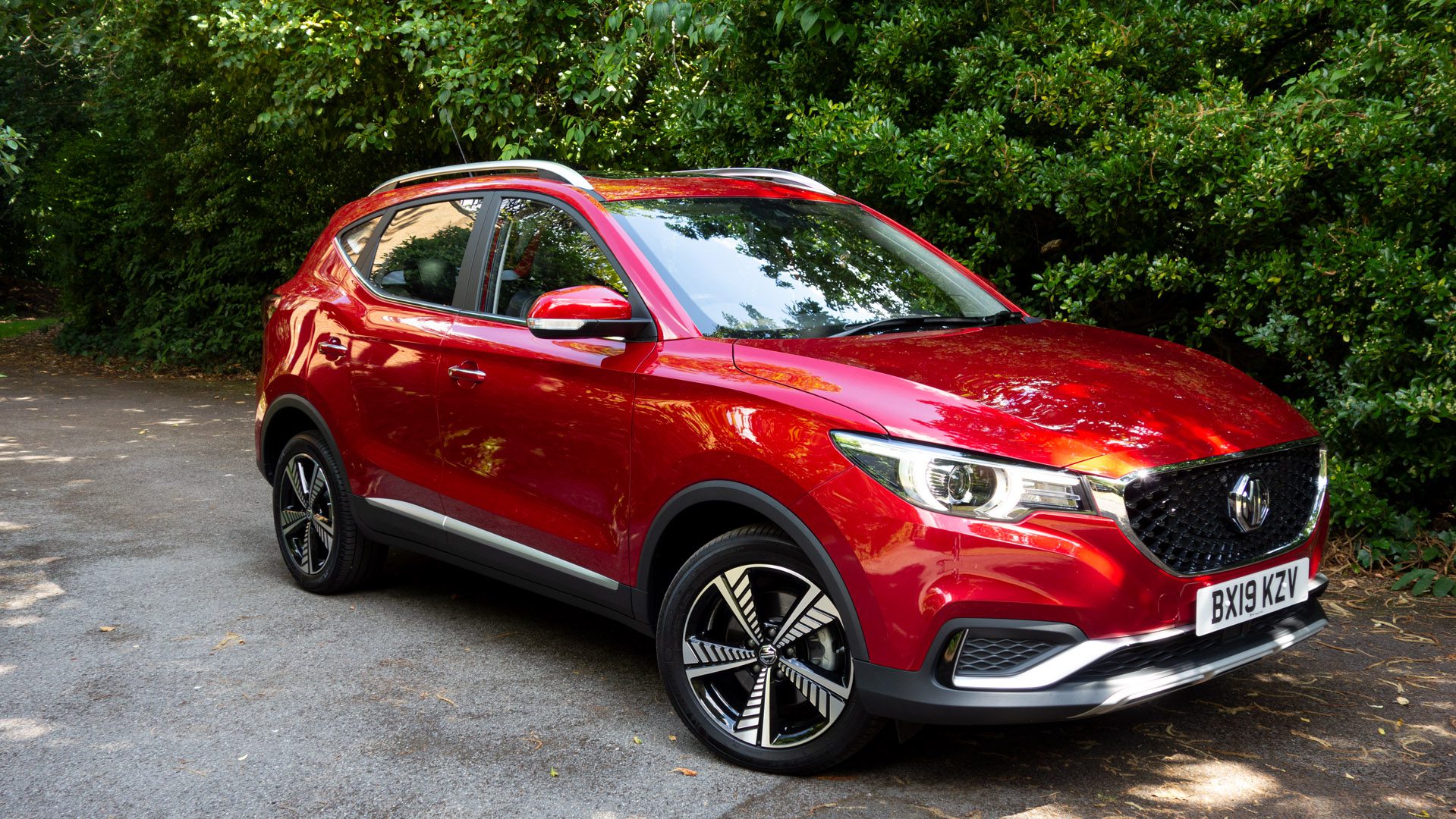
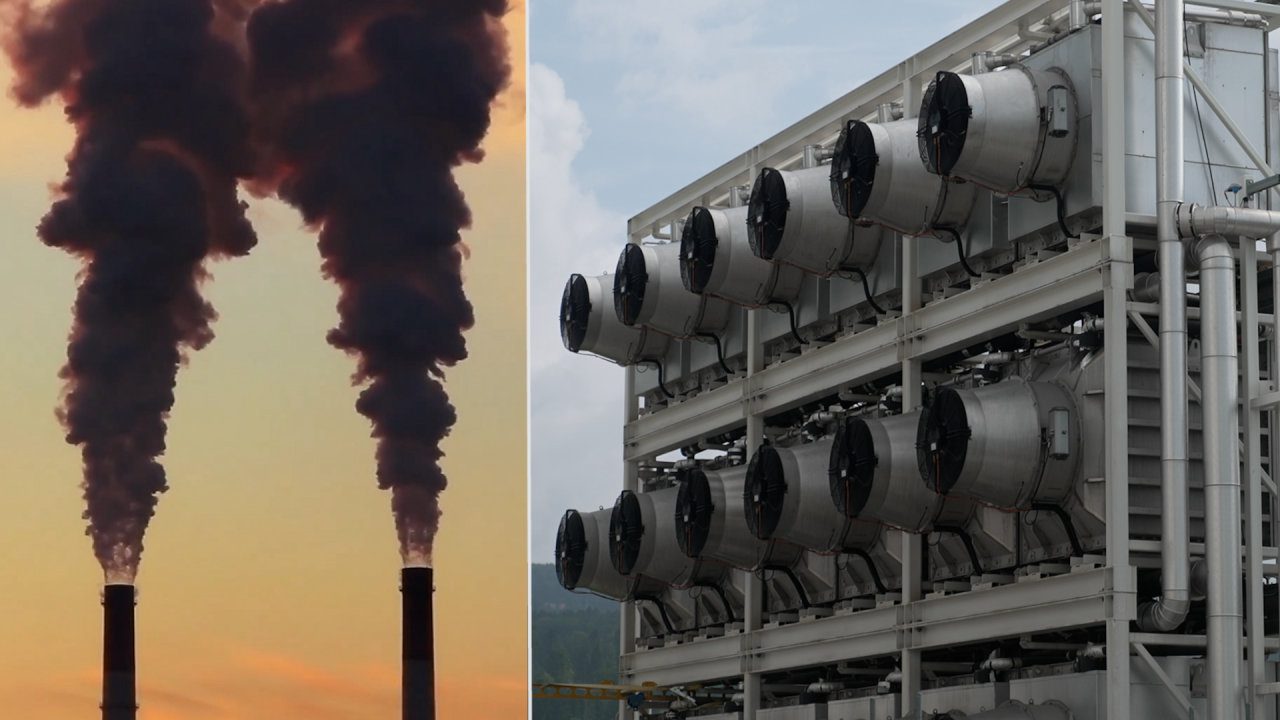

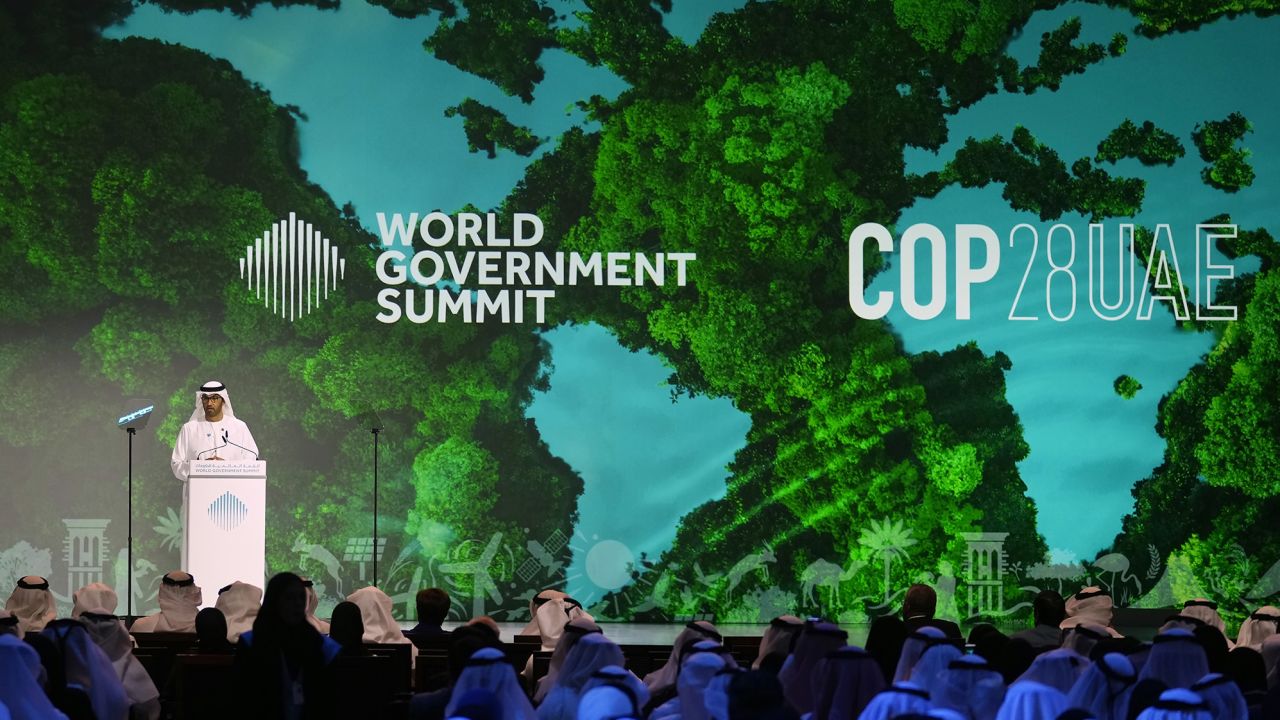
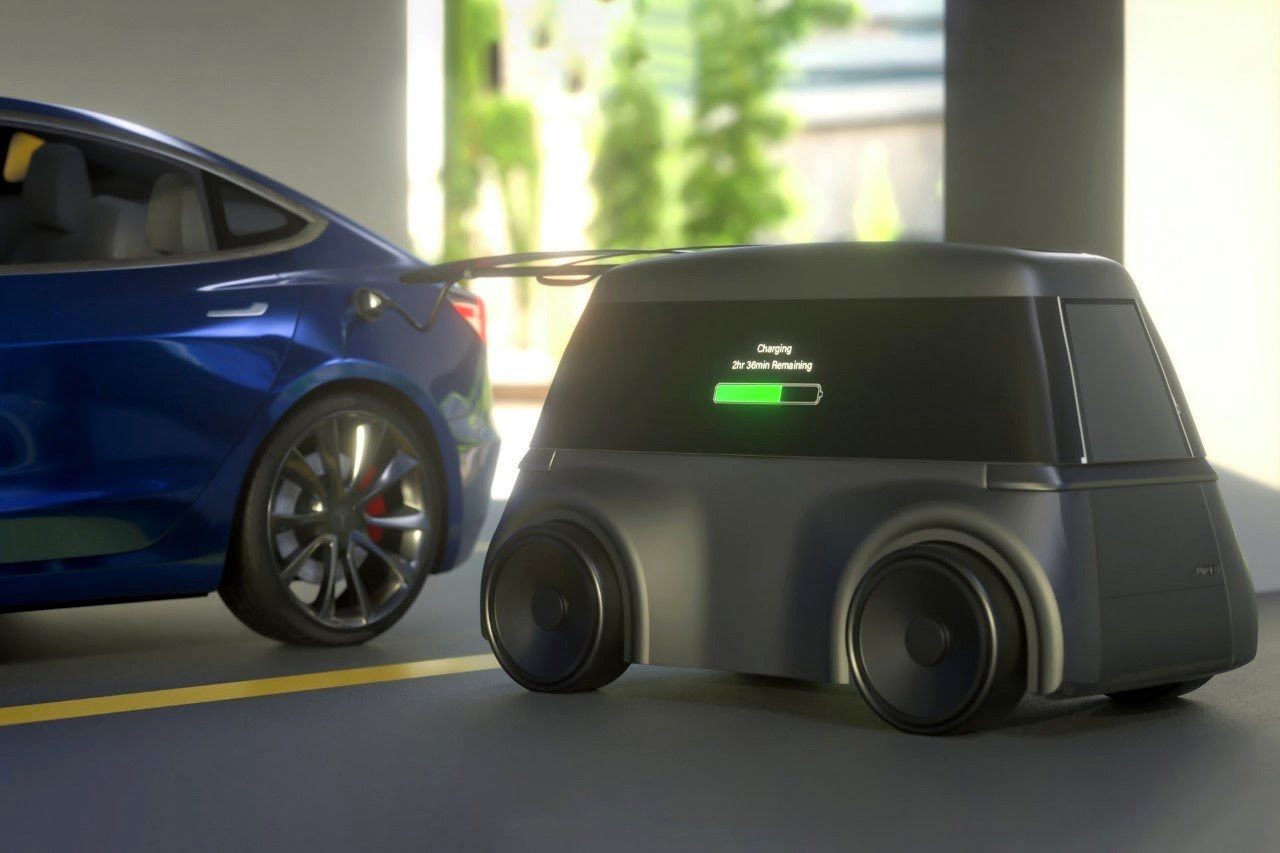

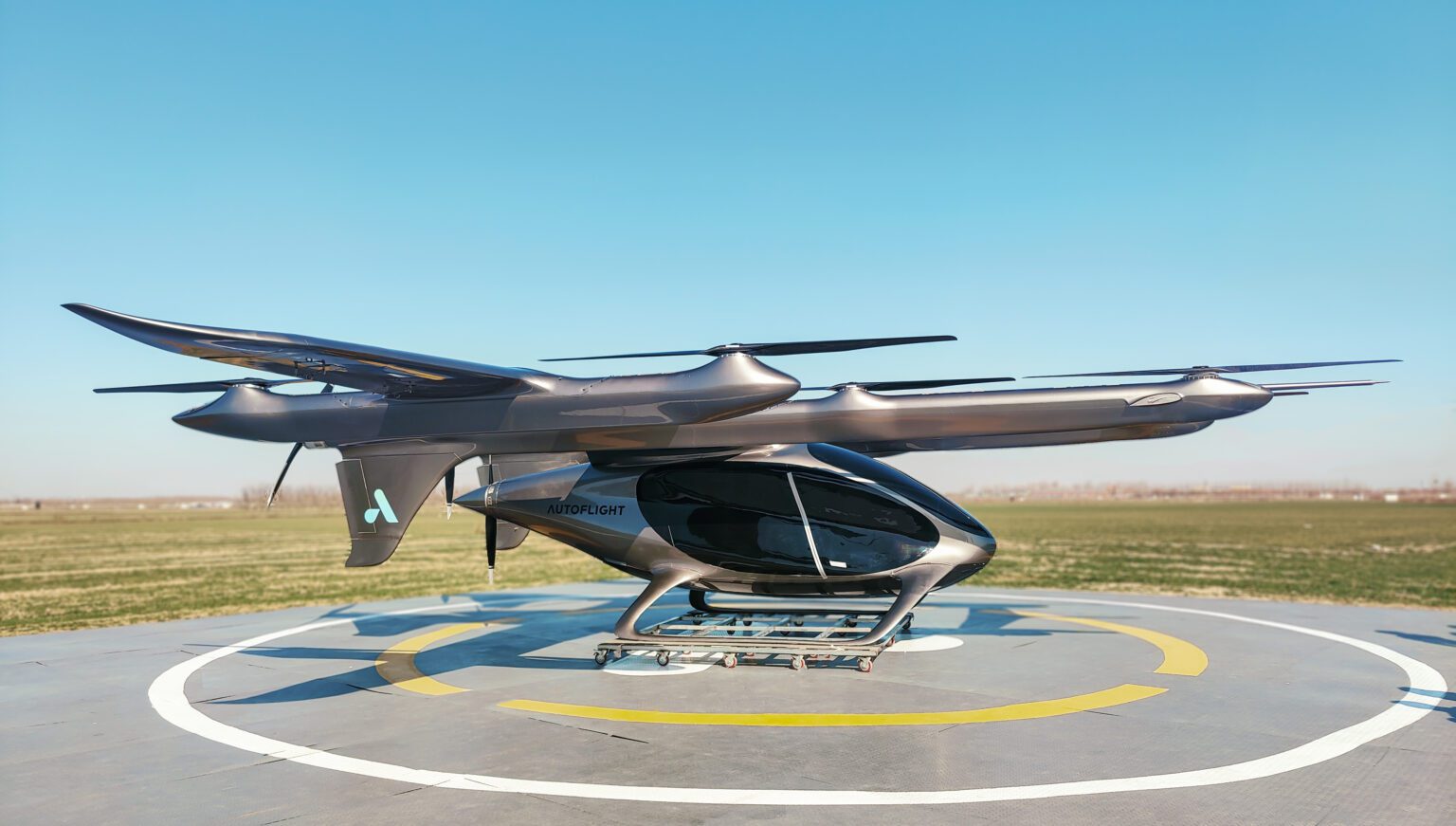
Leave feedback about this